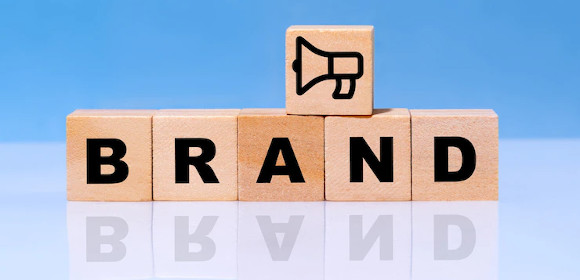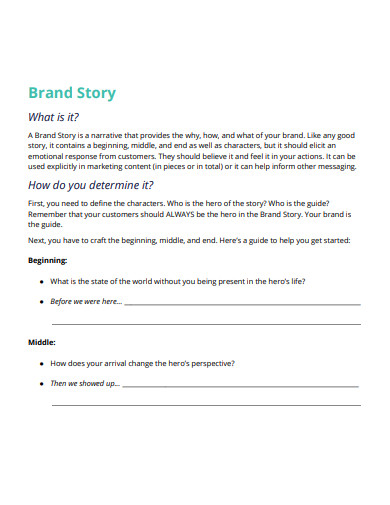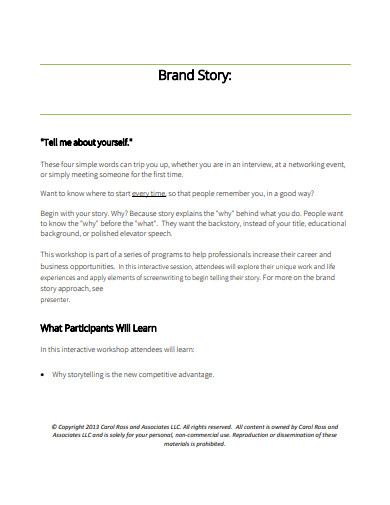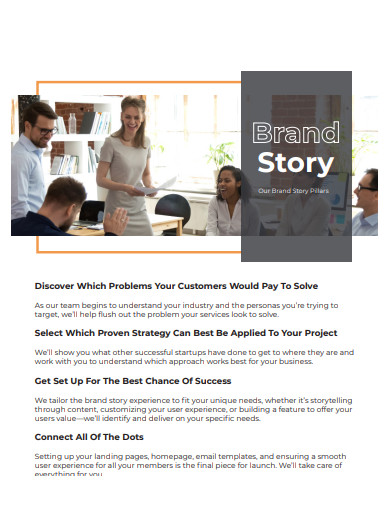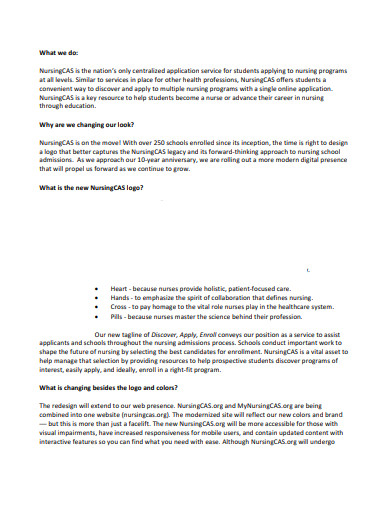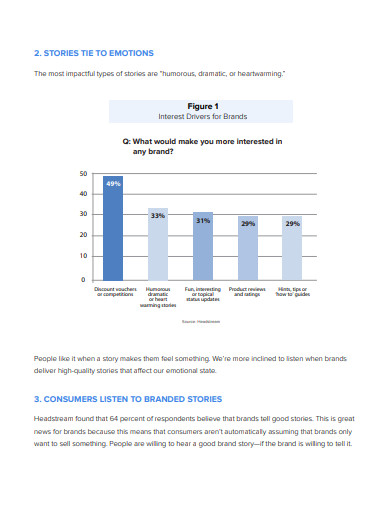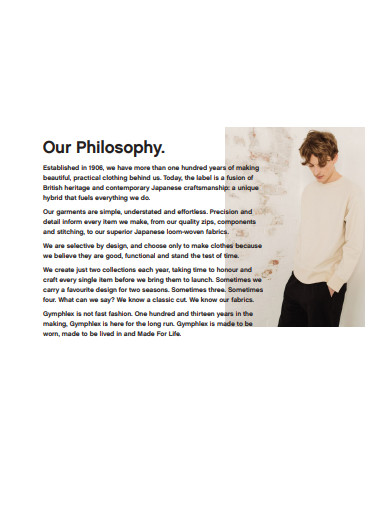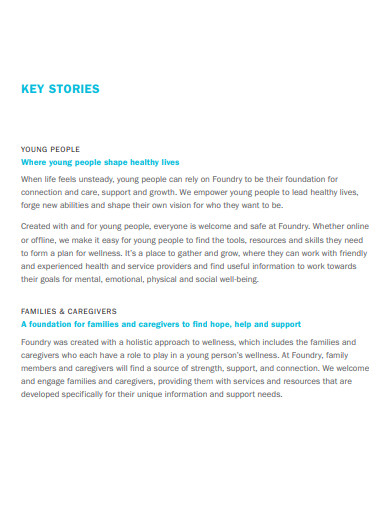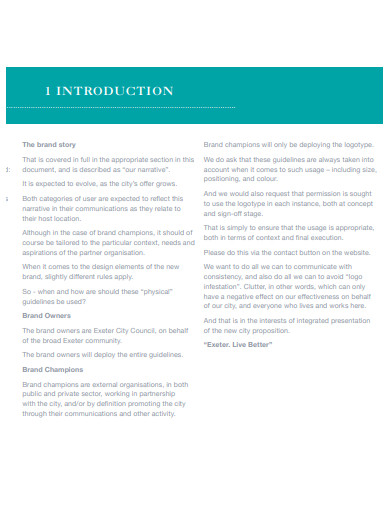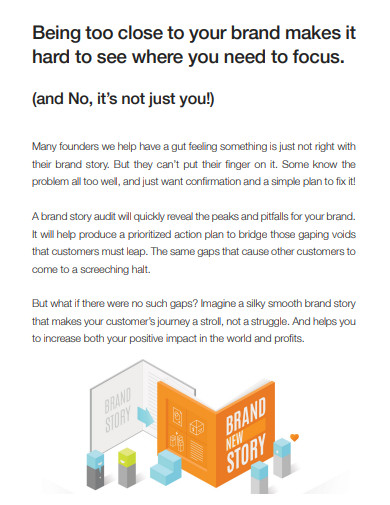The growing use of storytelling in content marketing is an intriguing new possibility for content creators. The human mind works to respond to well-crafted storyline; neuroscience shows that storytelling is the most effective way to attract attention of the audience, embed knowledge in their minds, and build intimate, personal ties. Your audience is wired to seek out and demand excellent tales, and that will never change. However, because we’ve spent the vast majority of our jobs generating content for algorithms, it might be difficult to flex a creative muscle that’s been dormant due to inactivity and, as a result, impact people emotionally and imprint your brand on their minds.
10+ Brand Story Samples
A brand story is a unified narrative that includes the facts and sentiments that your brand generates (or business, if you prefer). A tale must elicit an emotional response, unlike traditional forms of advertising, which focuses on showing and informing about your brand. Your product, cost, history, craftsmanship, marketing, in-store encounter, purpose, beliefs, location, and–most importantly–what other people say about you may all impact your brand. If you can tell a powerful brand story, your client will recognize who you are, build empathy for you, and eventually care about you, just like the characters in your favorite books and movies.
1. Brand Story
2. Sample Brand Story
3. Brand Project Story
4. Simple Brand Story
5. Basic Brand Story
6. Clothing Brand Story
7. Health Brand Story
8. Brand Story Example
9. Formal Brand Story
10. Professional Brand Story
11. Brand Story Audit
Writing a Brand Story
Highlight the conflict
Unfortunately, brands often afraid to acknowledge any struggle or conflict they’ve suffered in the business sector. They feel that telling a perfect story about how their firm has only had hockey stick growth will persuade people that they are the best-in-class solution in the industry. Any hardship or disagreement in their company’s past will highlight their flaws, discouraging potential customers from purchasing their product. However, this is a major misunderstanding. Nothing is flawless. Everything, including (particularly) businesses, has problems. Furthermore, people are uninterested in perfection. They are about the emotional journey of facing difficulty, suffering through it, and then triumphing over it. Because that is, in essence, the tale of life. Conflict is essential for producing gripping stories. So be open and honest about the challenges your organization has faced. People will appreciate you and relate to your brand better if you are open and honest about your flaws.
Don’t forget about your story’s status quo and resolution
The status quo refers to the current state of affairs or the basic circumstances of your condition. The tension throws the scenario into disarray and puts something at risk, prompting the protagonist (your brand) to actively seek a solution. The conclusion shows how the protagonist resolves the dilemma, providing an emotional payoff for your viewers. In summary, the framework of your brand’s story should be as follows: status quo, conflict, and resolution. That’s all there is to it.
Although content marketing has been there for a long time, I believe its recent popularity is due to the advent of social media and the extremely public debates about companies and encounters with them that social media allows. For instance, marketing blogs are loaded with instances of how firms fumbled on Twitter or Facebook. This forms part of the brand’s narrative.
[/ns_row]
FAQs
Why do you need a story to tell?
You’re just another item if you would not have a story. In the consumption machine, a disposable cog. You have no way of distinguishing your brand or company. It’s not just about standing out and being seen when it comes to creating a brand story. It all comes down to creating something that people care about and want to invest in. It’s all about defining your scarcity and determining your worth. It’s about going beyond the usefulness and functionality of your products and services to cultivate client loyalty and meaningful relationships.
How do you start telling others about your brand?
When a consumer hears your name for the first time, sees your logo, visits your website, reads your about page, and interacts with you on social media, she forms a relationship. The signals you provide about what you do and how effectively you do it, as well as what you stand for, help to shape the overall picture of your brand. When you’re not paying attention and a consumer tells a buddy about how your product transformed her life, you’ve probably been marketing.
Whether you’re utilizing your brand story to influence your broader objective or publicizing it on your website, make sure it’s true. Producing a highlight reel, like practically every other brand does, will fail to connect with customers. Instead, it’s critical that you convey the truth about the challenges your organization has faced and how you’re overcoming them. Because it’s the difficult process of accomplishing a goal, getting knocked down, and then finding a way toward achievement that people relate to and are inspired by.
Related Posts
FREE 10+ Security Company Profile Samples [ Corporate, Business ...
FREE 30+ Company Profile Samples & Templates in PDF
FREE 10+ IT and Software Profile Samples [ Company, Solution ...
FREE 5+ Joint Venture Company Profile Samples in PDF
FREE 10+ Consulting Company Profile Samples [ Management ...
FREE 10+ Laundry Company Profile Samples [ Service, Cleaning ...
FREE 6+ Sample Branding Strategy Templates in MS Word PDF
FREE 10+ Agency Profile Samples [ Real Estate, Social, Upwork ]
FREE 10+ Company Description Samples [ Construction, Secretary ...
FREE 8+ Manufacturing Company Profile Samples [ Garment ...
FREE 10+ Logistics Company Profile Samples [ Services ...
FREE 9+ Branding Proposal Samples in PDF
FREE 9+ Branding Scope of Work Samples in PDF
FREE 5+ Press Report Samples [ Annual, Job,Weather]
FREE 10+ Architecture Company Profile Samples [ Design, Firm ...
